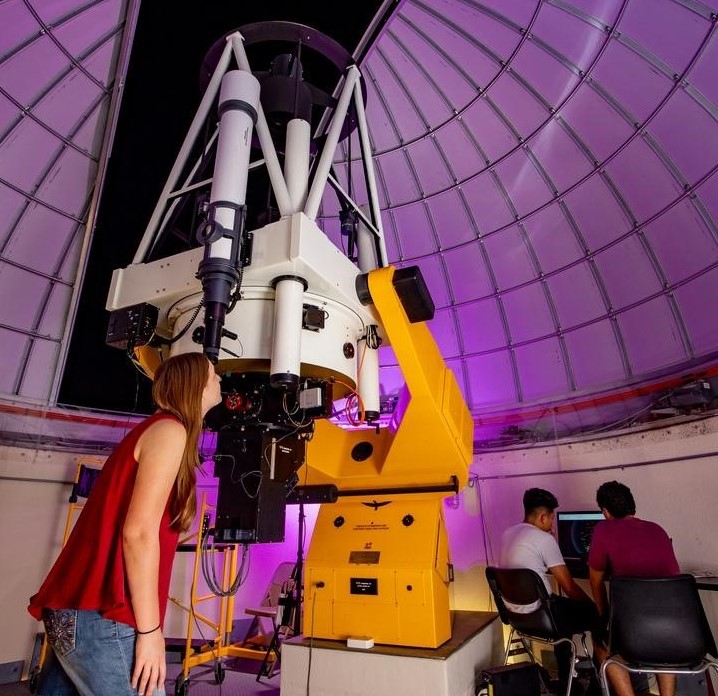Document Type
Poster
Abstract
A vast amount of knowledge about stars comes from observing their spectra in the x-ray wavelengths; however, when there are multiple stars in close proximity, such as in binary systems or clusters, reading these spectra becomes ineffective because they overlap one another when read onto ccds in telescopes. This research aims to look at the CEN 1A and CEN 1B binary system in the M17 cluster and attempt to separate their spectra. The stars are observed by the HETG instrument on the Chandra space telescope, which detects in the x-ray wavelengths. This separation was done by simulating the binary stars using the MARX program developed at MIT, which was designed to simulate data specifically for the Chandra telescope, and allows for the creation of ds9 files to compare the simulation visually with the actual stars. This research aims at creating a simulation in MARX for the M17 system in order to observe how much each star affects the spectrum of the other. This research is necessary because the HETG grating is open, and will produce a spectrum for every source in the field of view on the same detector.
Publication Date
2015
Recommended Citation
Smith, Max, "Separating Near-Object Spectra From Chandra Grating Observations" (2015). Aerospace, Physics, and Space Science Student Publications. 14.
https://repository.fit.edu/apss_student/14


